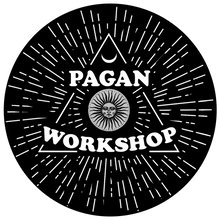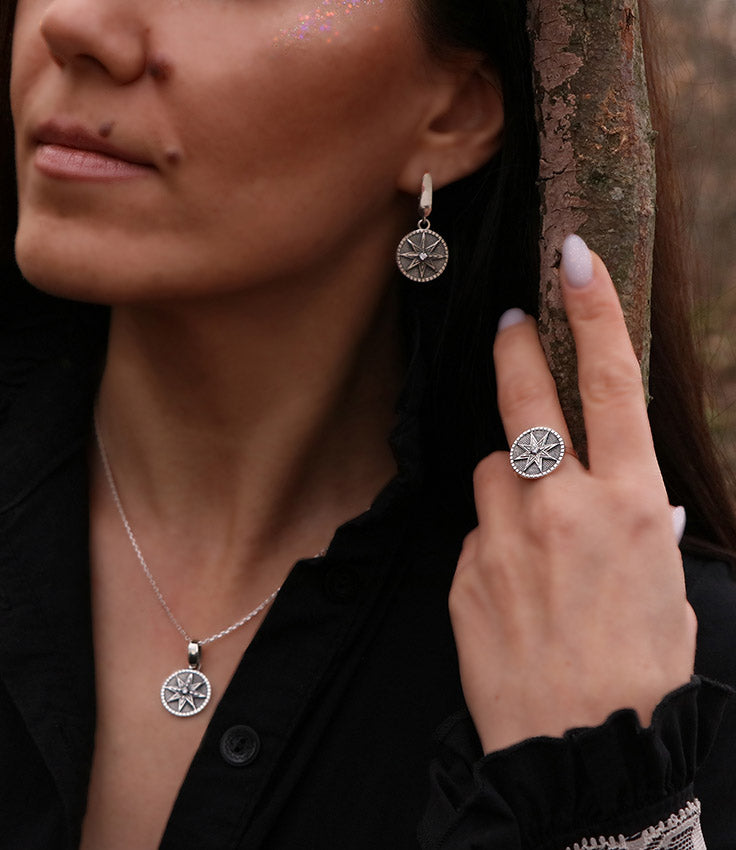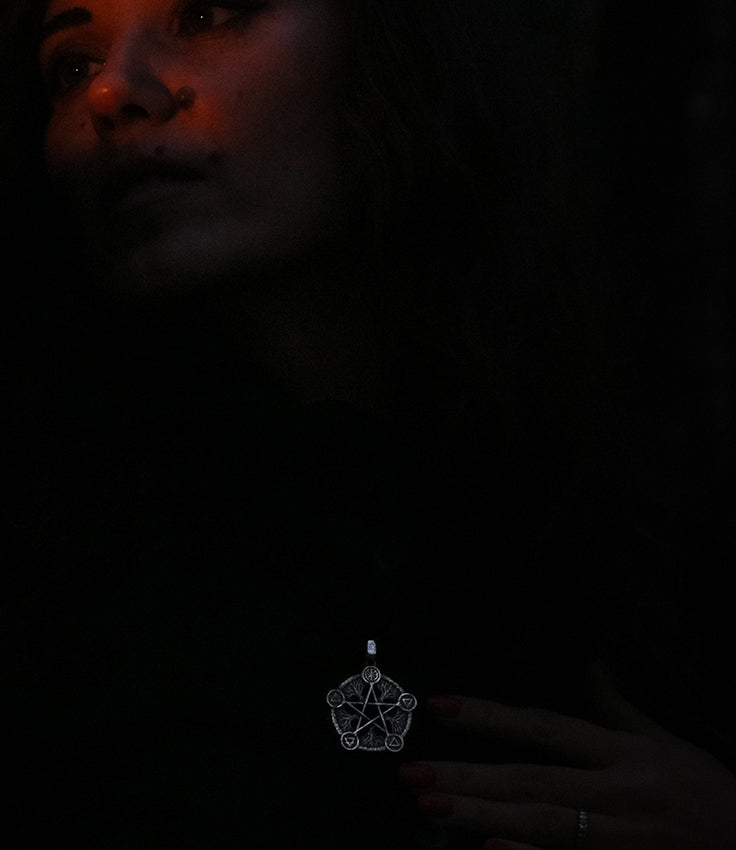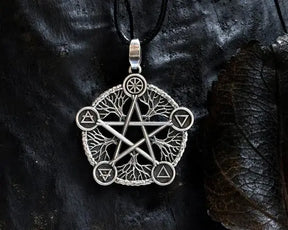The Wheel of the Year is a symbolic representation of the cyclical nature of the seasons, marking the annual progression of eight key festivals celebrated in many pagan and Wiccan traditions. These festivals, also known as Sabbats, honor the changing energies of nature, the cycle of life, death, and rebirth, and humanity’s connection to the natural world. The Wheel of the Year divides the year into two halves—light and dark—and helps guide spiritual practices in harmony with nature’s rhythms.
The Eight Sabbats
-
Samhain (October 31 - November 1)
Samhain marks the end of the harvest and the beginning of the dark half of the year. It’s seen as the Pagan New Year, a time when the veil between the worlds of the living and the dead is at its thinnest. Ancestors are honored, and offerings are made to spirits. Samhain is associated with death, reflection, and preparation for winter. -
Yule (December 20-23)
Yule, or the Winter Solstice, celebrates the longest night of the year and the rebirth of the sun. It is a time of hope, symbolizing the return of light and the promise of new life. Traditions include lighting candles and fires to welcome the sun’s return, as well as gift-giving and feasting to celebrate the turning of the seasons. -
Imbolc (February 1-2)
Imbolc marks the midpoint between winter and spring and is associated with the first stirrings of new life. It is a time of purification, cleansing, and renewal. Celebrated with the lighting of candles and fires, Imbolc honors the goddess Brigid, who represents fertility, creativity, and healing. -
Ostara (March 20-23)
Ostara, the Spring Equinox, marks the balance between light and dark, day and night. It is a time of renewal, fertility, and new beginnings. Associated with planting and the awakening of the earth, Ostara celebrates the renewal of life. Traditions include decorating eggs, planting seeds, and celebrating the return of balance in nature. -
Beltane (April 30 - May 1)
Beltane is a fire festival celebrating fertility, passion, and the full bloom of spring. It is a joyful and sensual festival, with maypole dancing, fire ceremonies, and the celebration of love and union. Beltane marks the beginning of the light half of the year, when life and energy are in full force. -
Litha (June 20-23)
Litha, or the Summer Solstice, celebrates the longest day of the year, when the sun is at its peak strength. It is a time of abundance, growth, and vitality. Celebrations focus on the power of the sun, with bonfires, feasts, and outdoor activities. Litha symbolizes the height of summer’s abundance and the strength of life. -
Lammas or Lughnasadh (August 1)
Lammas is the first of the three harvest festivals, celebrating the grain harvest and the abundance of the earth. It is a time of gratitude for the first fruits of the land, with bread-baking, feasting, and giving thanks. Lammas honors the balance between the sacrifices made for the harvest and the rewards reaped from the earth’s bounty. -
Mabon (September 20-23)
Mabon, the Autumn Equinox, is a time of balance as day and night are once again equal. It is the second harvest festival, a time of thanksgiving for the fruits of the earth and the preparation for winter. Mabon is celebrated with feasts, the sharing of food, and rituals of gratitude for the abundance of the growing season.
The Spiritual Meaning of the Wheel of the Year
The Wheel of the Year reflects the cyclical nature of life, reminding us of the continuous dance between birth, death, and rebirth. Each festival carries its own themes of renewal, fertility, harvest, and introspection, guiding practitioners through the phases of growth and transformation. The waxing and waning of the sun, the growth and decay of nature, and the turn of the seasons are all spiritual metaphors for personal and spiritual growth.
For many pagans and Wiccans, the Wheel is also a way to attune their lives with the cycles of nature. By celebrating these festivals, people deepen their connection to the earth, honor the changing energies, and create space for reflection, growth, and renewal in their lives.
Conclusion
The Wheel of the Year serves as a spiritual framework, offering a profound way to live in harmony with the earth’s natural rhythms. As it turns, it reminds us of the ever-changing cycle of life, encouraging us to embrace both the light and the dark, the beginning and the end, and to find balance and meaning within the turning seasons.





